The yet-to-be-released DJI Air 3S drone is poised to revolutionize emergency response operations with its groundbreaking LiDAR-based obstacle sensing system. This new drone model could become a favorite among First Responders due to its advanced LiDAR capabilities and affordability.
Nightscape Omnidirectional Obstacle Sensing
The Air 3S is rumored to be equipped with a cutting-edge Nightscape Omnidirectional Obstacle Sensing system. This tech creates a 360-degree awareness bubble around the drone, allowing it to detect and avoid obstacles from any direction, even in low-light conditions.
The forward-facing LiDAR on the Air 3S allegedly has a measurement range of 0.5 m to 25 m (1.6 ft to 82 ft) at night. It’s effective when direct sunlight has illuminance below 20,000 lux, which is equivalent to daylight on a slightly overcast day.
LiDAR’s Edge in Smoke and Mist
LiDAR technology offers a significant advantage in penetrating smoke and mist compared to traditional visual sensors. Here’s why:
- Wavelength: LiDAR uses near-infrared light, which can penetrate small particles in the air more effectively than visible light.
- Active sensing: Unlike passive cameras, LiDAR actively emits light pulses, making it less affected by ambient conditions.
- Multiple returns: LiDAR can capture multiple returns from a single pulse, allowing it to detect objects behind partial obstructions.
- 3D mapping: LiDAR creates precise 3D point clouds, providing detailed spatial information even in low-visibility conditions.
This means first responders can navigate and gather crucial data in environments where traditional visual sensors would be severely limited.

Major Leap in Low-Light Performance
One of the most impressive rumored features of the Air 3S is its improved low-light vision:
- The previous DJI Air 3 required illuminance > 15 lux
- The new DJI Air 3S is effective with illuminance > 1 lux
This 15-fold improvement in low-light sensitivity allows the Air 3S to function in lighting conditions equivalent to twilight or very dim street lighting. It’s a game-changer for night operations and low-visibility environments.
Comprehensive Sensor Setup
The Air 3S is said to boast a full suite of sensors for obstacle avoidance:
- Forward-facing LiDAR
- Downward vision sensors
- Lateral vision sensors
- Upward infrared sensors
This combo provides unparalleled omnidirectional obstacle sensing and avoidance capabilities.

Potential for First Responders
The Air 3S’s features make it ideal for emergency response scenarios:
- Enhanced Safety: More accurate obstacle detection and avoidance in challenging environments.
- Improved Autonomous Flight: Smoother navigation through complex disaster areas.
- Better Tracking: Enables more dynamic Search and Rescue operations.
- Expanded Operational Conditions: Ability to fly safely in low-light environments, crucial for nighttime emergencies.
Cost-Effective Solution
While official pricing isn’t available yet, the Air 3S is expected to be significantly cheaper than alternatives from Skydio and Brinc Drones. This makes it an attractive option for first responder agencies with limited budgets, such as Search and Rescue crews or volunteer Fire Departments.

DroneXL’s Take
The DJI Air 3S represents a significant leap forward in drone technology, particularly for first responders. Its LiDAR capabilities and improved low-light performance address key challenges faced in emergency situations.
As we’ve seen in recent DroneXL articles on first responders, drones are becoming increasingly crucial in search and rescue, firefighting, and disaster response.
Looking ahead, we can speculate about a potential DJI Mavic 4 Enterprise Thermal Drone. This hypothetical model could combine the Air 3S’s LiDAR technology with advanced thermal imaging capabilities. Such a drone would be the ultimate tool for first responders, offering:
- LiDAR for navigation and 3D mapping in low-visibility conditions
- Thermal imaging for detecting heat signatures of people or fire hotspots
- Enhanced obstacle avoidance for safer operations in complex environments
- Potentially longer flight times and improved durability for extended missions
If DJI can offer these features while keeping the price point accessible, it could be a game-changer for emergency services. The Mavic 4 Enterprise Thermal could potentially fill the gap between consumer-grade drones and more expensive specialized units, giving more agencies access to top-tier technology.
What do you think about the DJI Air 3S and its potential impact on emergency response operations? And how do you see the future of first responder drones evolving? Share your thoughts in the comments below.
Photos courtesy of Igor Bogdanov and DJI.
Discover more from DroneXL.co
Subscribe to get the latest posts sent to your email.


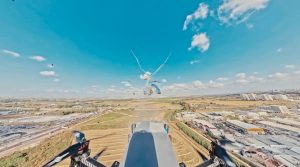


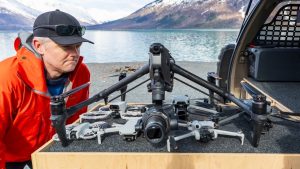
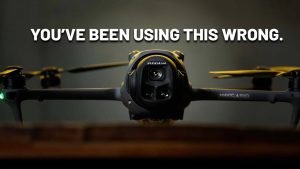


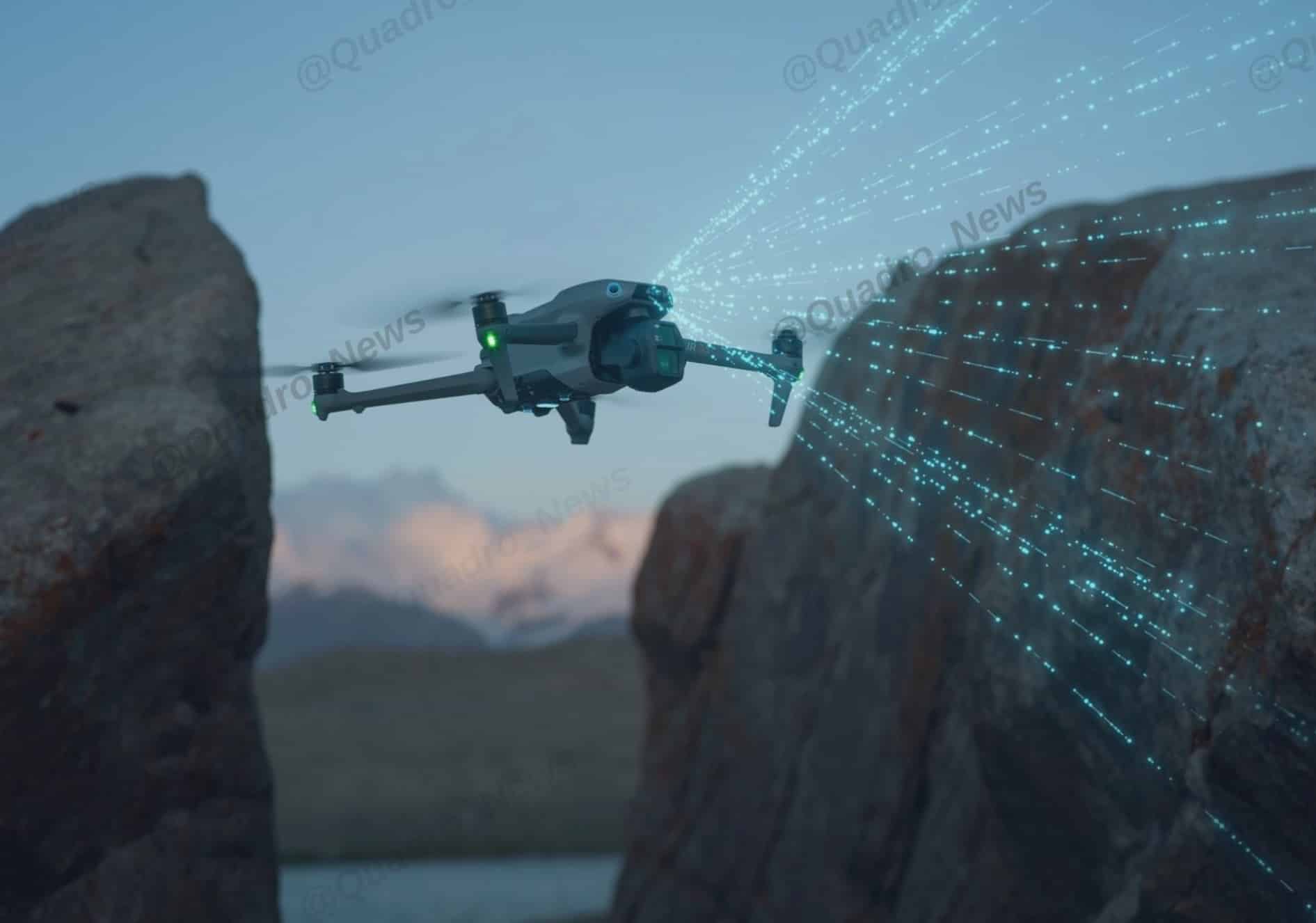


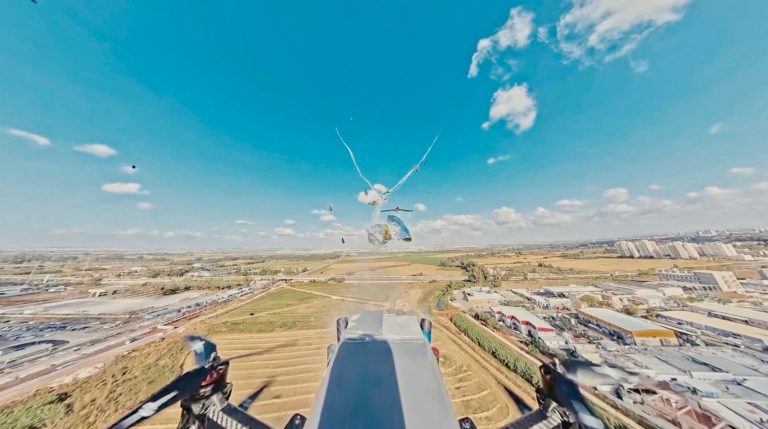
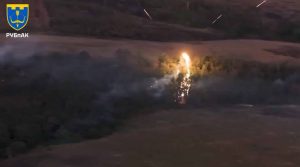
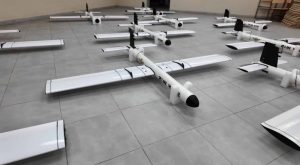

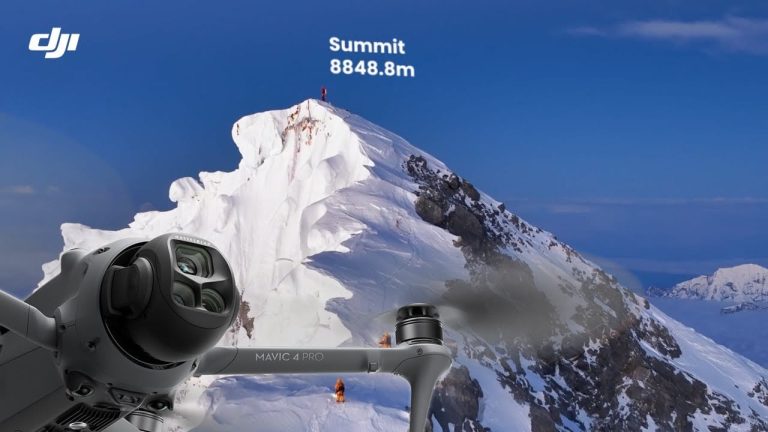
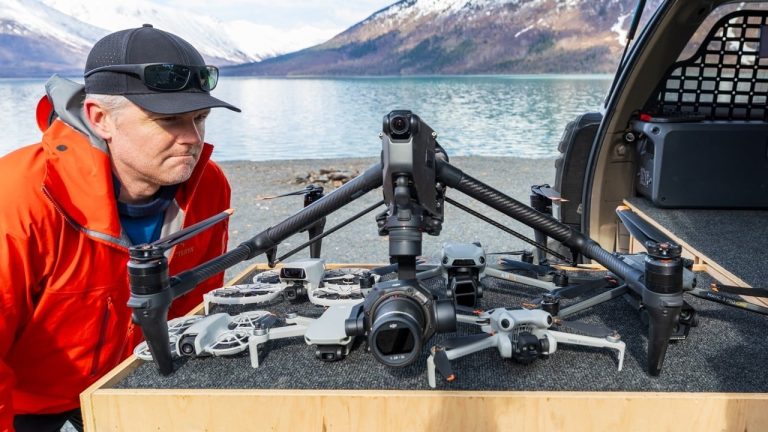
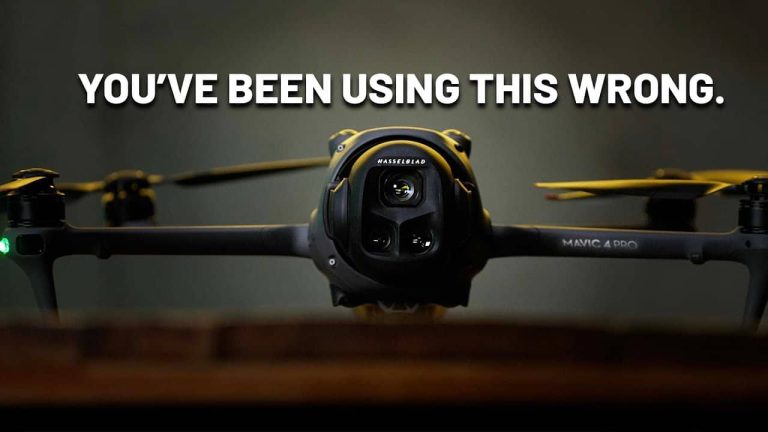

+ There are no comments
Add yours